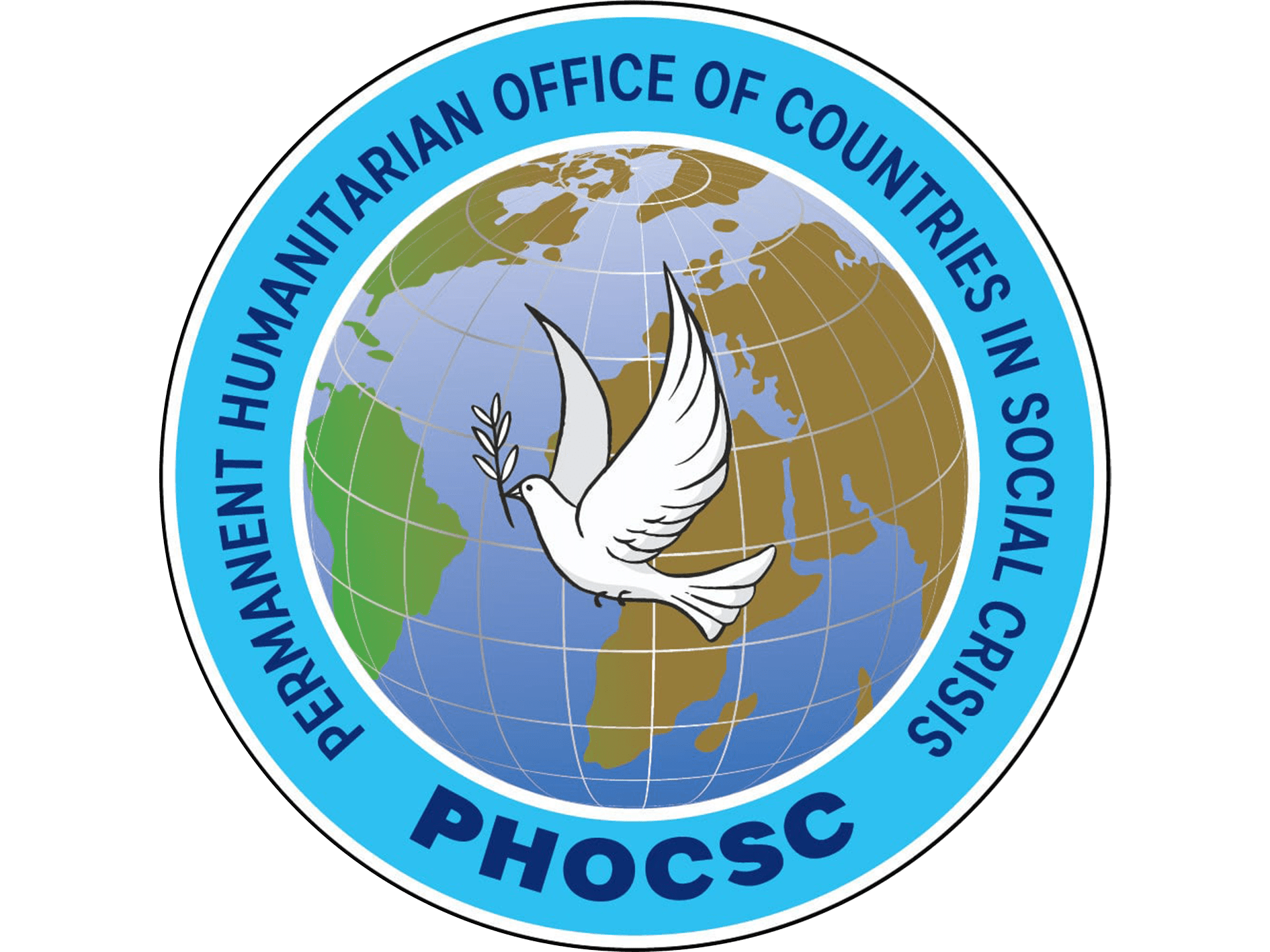The Perfect Storm Hitting Vulnerable Communities
At PHOCSC, we work to ensure that people and communities have access to essential solutions under appropriate humanitarian conditions. Today, we want to share an integrated view of how climate change is intensifying social crises and why linking the humanitarian and environmental agendas is not optional, but essential to protect those most in need.
What we mean by the “perfect storm”? The term “perfect storm” describes a confluence of factors that, together, exacerbate people’s vulnerability. In the current context, this storm consists of:
- Prolonged droughts that deplete critical resources such as water and fertile soil.
- Intense flash floods that destroy homes, infrastructure, and livelihoods.
- Extreme weather events (hurricanes, storms, heat waves) that cause massive damage in a short period of time.
- Forced displacement and conflicts over resources are increasingly common in affected regions.
- Social cohesion is weakened when communities lose access to basic services such as health, education, and employment.
These dynamics do not act in isolation. Each climate event amplifies existing crises: poverty, inequality, the vulnerability of women and girls, indigenous populations, and communities in urban or rural areas with fewer opportunities. Instead of viewing the humanitarian crisis and the climate crisis as separate issues, we must understand them as intertwined responses to the same system: our planet and the societies that inhabit it.
How climate change exacerbates humanitarian crises
- Water and food security at stake
- More intense droughts reduce the availability of water for consumption, hygiene, and cultivation, increasing the risk of malnutrition and disease.
- Droughts also weaken food production, increasing prices and depriving families of adequate nutrition, which in turn sustains chains of vulnerability that are passed on between generations.
- In contexts of conflict or economic instability, competition for water and food resources becomes a source of tension and displacement.
- Floods and Property Losses
- Torrential rains and floods destroy homes, schools, and clinics, and in the short term, negate communities’ ability to generate income.
- Rain and runoff cause waterborne diseases, with a disproportionate impact on children, older adults, and people with disabilities.
- Reconstruction is often slow, frequent, and expensive, forcing families into debt or to migrate due to a lack of opportunities.
- Extreme Events and Mental Health
- Heat waves and violent storms worsen physical and mental health conditions, increasing the burden on already fragile health systems.
- The trauma of losing homes, jobs, or loved ones, coupled with future uncertainty, generates chronic stress and emotional distress in entire communities.
- Displacement and Social Cohesion
- The combination of drought, flooding, and resource-related violence can force internal or cross-border migration.
- Displacement disrupts access to education, healthcare, and employment opportunities, creating cycles of vulnerability that are difficult to break without structural support.
A framework that connects people to action. At PHOCSC, we believe that the response must be holistic and rights-based. This involves not only providing immediate assistance in crisis situations, but also strengthening the resilience of communities to face the next year, the next winter, or a new drought season. Some strategic lines that articulate this approach are:
- Resilient Housing and Sanitation: Prioritize housing that can withstand extreme weather conditions and has access to adequate water, sanitation, and hygiene. This reduces the exposure of vulnerable families to weather events and associated diseases.
- Health and Primary Care: Ensure continuous access to medical services, essential medicines, and mental health programs for communities affected by disasters and displacement.
- Water, Hygiene, and Sanitation: Invest in rainwater harvesting, water treatment, and hygiene distribution systems to reduce waterborne diseases and increase water security.
- Education and Community Development: Provide educational support for children and youth, with a focus on distance learning when necessary and skills development that facilitates local income generation.
- Protection and Advocacy: Work with communities to identify needs, reduce risks of violence and discrimination, and facilitate participation in decisions that affect their daily lives.
- Risk Management and Impact Reduction: Community planning that incorporates climate monitoring, emergency plans, and local capacities for rapid response and coordination with humanitarian actors.
How we turn the climate crisis into an opportunity for change
- Climate and development approach: We design interventions that not only alleviate the emergency situation but also strengthen long-term resilience to future climate shocks.
- Equitable access to resources: We promote the inclusion of vulnerable groups in decision-making to ensure that solutions reach those most in need.
- Partnerships and international dissemination: We work with national and international partners to expand the dissemination of good practices, mobilize resources, and present evidence of impact.
- Environmental education and community engagement: We empower communities to understand and manage climate risks, promoting sustainable and culturally appropriate local solutions.
- Community-based adaptation: We prioritize solutions that respect cultural diversity and the specificities of each region, from adequate roofs and housing to sustainable farming practices.
What every individual and organization can do:
- Support with donations directed to programs that integrate humanitarian response and climate action (housing, health, water, and education).
- Share knowledge and experiences to enrich community resilience approaches and peer learning.
- Involve local communities in project design and implementation to ensure relevance and sustainability.
- Promote public policies that integrate human security and climate action, protecting the most vulnerable groups.
A Call to Action to Really Move Forward Climate change is not a distant problem; it is already affecting people now. At PHOCSC, our mission is to ensure that affected communities receive adequate assistance, while working to reduce their exposure to future climate risks. This requires the participation of donors, communities, governments, and civil society. If you share our vision, we invite you to:
- Explore opportunities to support projects that combine humanitarian response and climate adaptation on our website: https://phocsc.org/
- Share this article to raise awareness about the interconnectedness between social and climate crises.
- Participate in local community-based resilience initiatives or human rights and climate advocacy campaigns.
Social crises and climate change should not be seen as two separate problems awaiting different solutions. They are two sides of the same coin: vulnerable communities that need protection, support, and opportunities to rebuild and thrive in the face of increasingly intense impacts. By aligning the humanitarian and environmental agendas, we can reach more people, more efficiently, and with greater dignity, and build a more just and resilient society for the future that is already here.
If you would like more information, collaboration ideas, or examples of projects in different regions, please contact us through our website. At PHOCSC, we work to ensure that the storm does not determine people’s fate: that it is possible to rebuild, learn, and grow, even in the face of the climate crisis.













